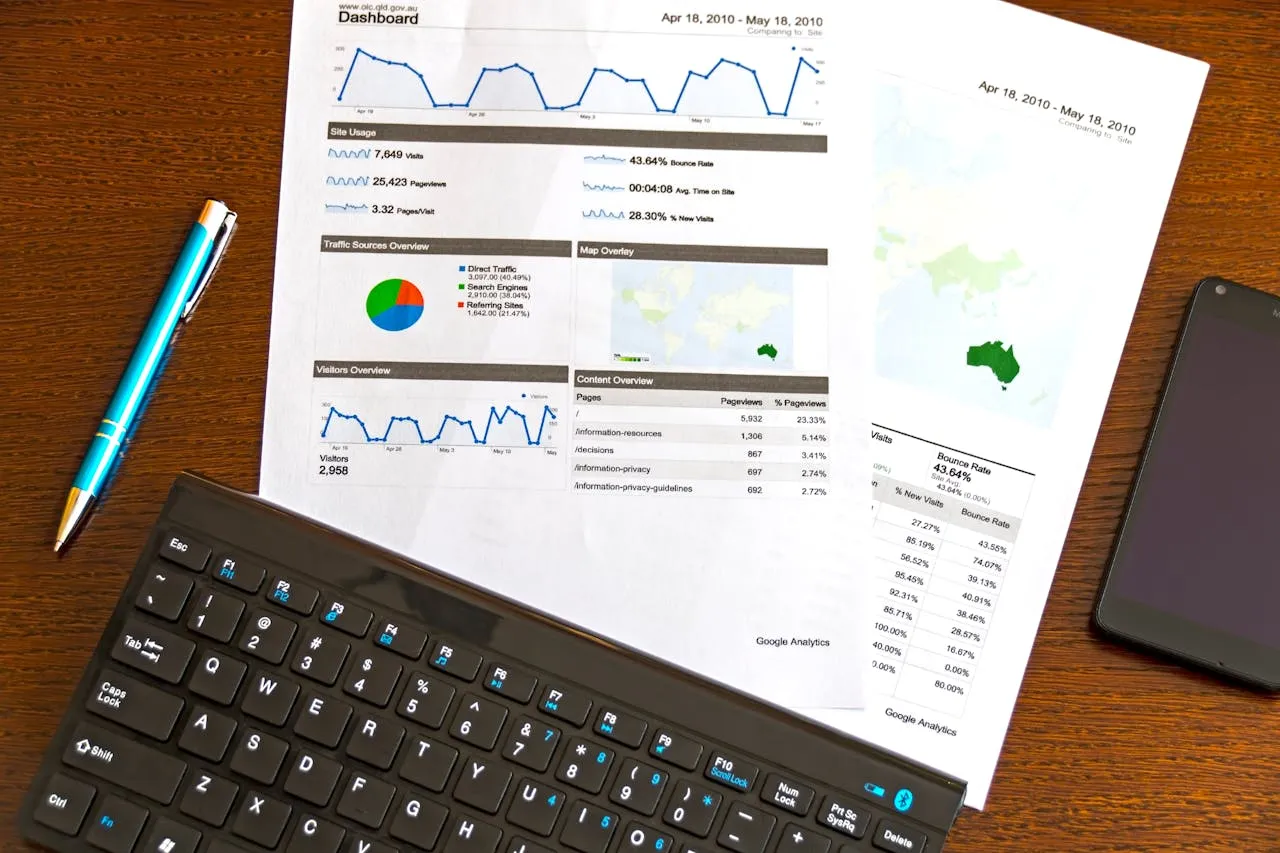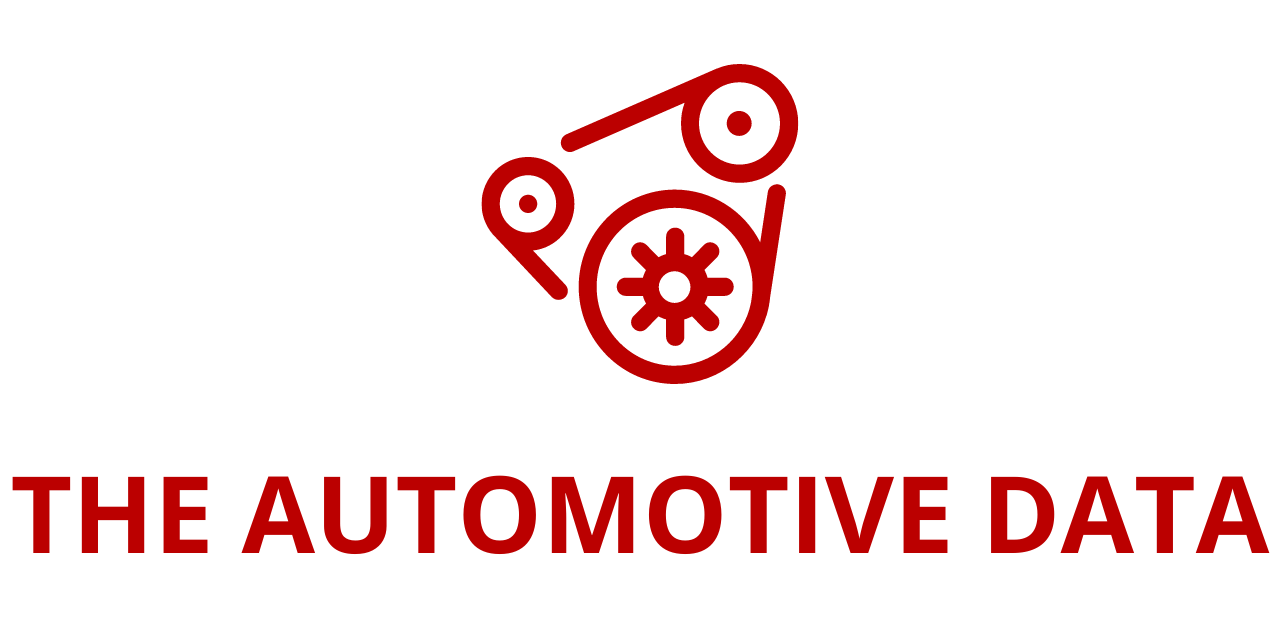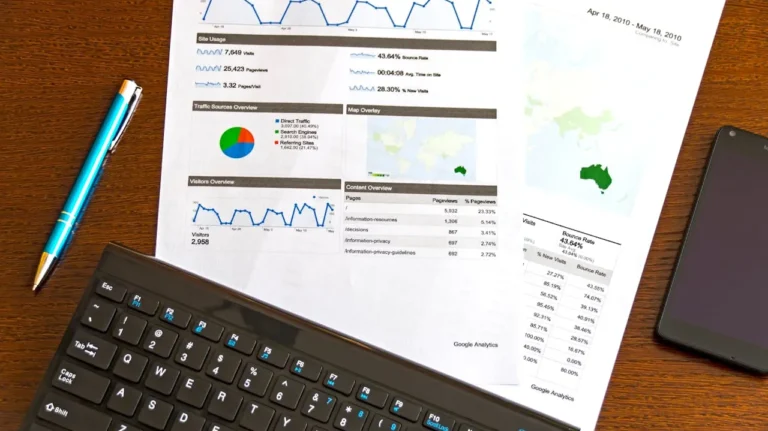
Rivian Reports Q2 2025 Financial Results, Highlights Volkswagen Investment, R2 Progress, and Expansion Plans
Rivian Automotive, a leading American electric vehicle (EV) manufacturer, has released its financial results for the second quarter of 2025, underscoring a period of strategic investment, manufacturing developments, and continued expansion. The quarter marked another milestone in the company’s journey toward profitability and scale, with Rivian receiving a major equity investment from Volkswagen Group, advancing preparations for its next-generation R2 vehicles, and continuing to build its operational footprint across the United States.
$1 Billion Volkswagen Investment Boosts Capital Position
On June 30, Rivian secured a $1 billion equity investment from the Volkswagen Group. The investment, priced at $19.42 per share, represents a 33% premium over Rivian’s 30-day volume-weighted average stock price of $14.56, signaling strong confidence from the German automaker in Rivian’s long-term prospects. The capital infusion is part of a broader agreement announced in June—an up-to-$5.8 billion partnership aimed at launching a joint technology platform to develop next-generation electric vehicles.
This significant investment not only strengthens Rivian’s balance sheet but also serves as a strategic alignment between two major players in the global EV space. The funds are expected to support Rivian’s R2 vehicle development, autonomy technology, and scaling of manufacturing infrastructure.
Production and Deliveries: Supply Chain Hurdles but Steady Progress
Rivian reported that it produced 5,979 vehicles during the second quarter of 2025 at its Normal, Illinois manufacturing facility. During the same period, it delivered 10,661 vehicles to customers. While vehicle production was somewhat constrained compared to delivery volumes, Rivian attributed the slowdown to lingering supply chain complexities. These challenges were influenced in part by shifting trade policies, which continue to affect component availability and supplier logistics.
The vehicle mix included both R1 consumer models and commercial electric delivery vans. Despite the headwinds, Rivian continues to demonstrate growing demand and a robust delivery cadence for its premium electric offerings.
CEO Highlights R2 Momentum and Technology Focus
In a statement accompanying the earnings release, RJ Scaringe, Rivian’s Founder and CEO, emphasized the company’s progress on multiple fronts.
“This quarter we made significant progress in R2 development and testing. We also substantially completed the expansion of our Normal, Illinois facility and have begun installing manufacturing equipment in preparation for our start of production,” said Scaringe. “Along with R2, our autonomy platform continues to be one of our major focus areas, and we’re excited to share more of our roadmap later this year.”
Scaringe’s comments reflect Rivian’s dual-pronged strategy: scaling production to meet market demand while continuing to innovate in software and hardware that will power the future of electric mobility.
R2 Readiness: Expansion and Tooling in Motion
Rivian’s R2 program—its upcoming line of more affordable electric vehicles—remains on track for its planned rollout. The 1.1 million-square-foot expansion of the company’s Normal, Illinois factory has reached substantial completion. With structural work done, Rivian is now installing production tooling and manufacturing systems to support the R2 product line.
The company aims to begin commissioning the new R2 line in Q3 2025. This step is critical to validating equipment functionality and fine-tuning production processes ahead of full-scale manufacturing. Currently, R2 design validation builds are being produced at Rivian’s pilot production facility in California. These pre-production units help test and refine vehicle designs while optimizing cost structures.
As part of these preparations, Rivian has scheduled a three-week temporary shutdown of its existing Normal factory operations in September. The pause will enable upgrades and reconfiguration needed to boost annual manufacturing capacity to approximately 215,000 units.
Product Innovation: Second-Gen Quad-Motor R1 Deliveries Begin
On the product front, Rivian began customer deliveries of its second-generation Quad-Motor R1 during the quarter. This updated system represents a leap forward in performance and driving dynamics. Designed to deliver enhanced power, torque vectoring, and off-road capabilities, the new Quad-Motor setup reflects Rivian’s commitment to engineering vehicles that combine ruggedness with refinement.
The second-generation Quad-Motor system is expected to further differentiate Rivian’s R1 lineup in a competitive EV landscape, appealing to enthusiasts and adventure-focused consumers.
Expanding Footprint: East Coast Headquarters in Georgia
Beyond vehicle development and production, Rivian continues to invest in its long-term operational footprint. In July, the company announced plans to establish an East Coast headquarters in Atlanta, Georgia. This new facility will serve as a key hub for Rivian’s corporate operations and will complement its planned manufacturing site in Stanton Springs North, located outside of Atlanta.
Developed in partnership with the State of Georgia, the headquarters is expected to play a central role in Rivian’s global expansion strategy. The choice of Georgia underscores the state’s growing importance as a regional hub for electric vehicle manufacturing and innovation.
Navigating Policy Impacts and Financial Guidance Update
While Rivian maintains a positive outlook on its long-term growth potential, the company acknowledged that recent policy developments—particularly those affecting trade and regulatory credits—have introduced financial pressures. These policy shifts, combined with Q2 performance trends, have led Rivian to revise certain financial projections.
The company is holding steady on its 2025 delivery guidance, projecting between 40,000 and 46,000 vehicles for the full year. However, it has updated its forecast for adjusted EBITDA (earnings before interest, taxes, depreciation, and amortization) losses. Rivian now anticipates a range between negative $2.0 billion and negative $2.25 billion, a slight increase from earlier projections. This adjustment reflects the impact of reduced regulatory credit revenue and supply chain-related inefficiencies.
Despite these near-term challenges, Rivian emphasized its continued focus on technological excellence and operational scale. The company is pursuing a disciplined investment strategy that prioritizes long-term value creation while adapting to a volatile policy environment.







